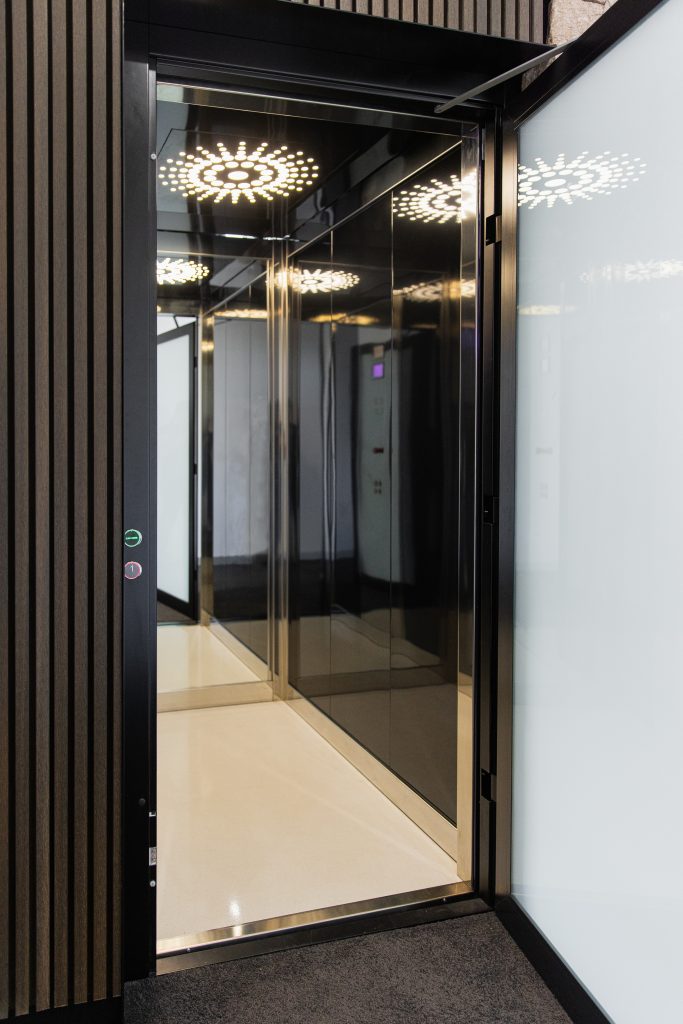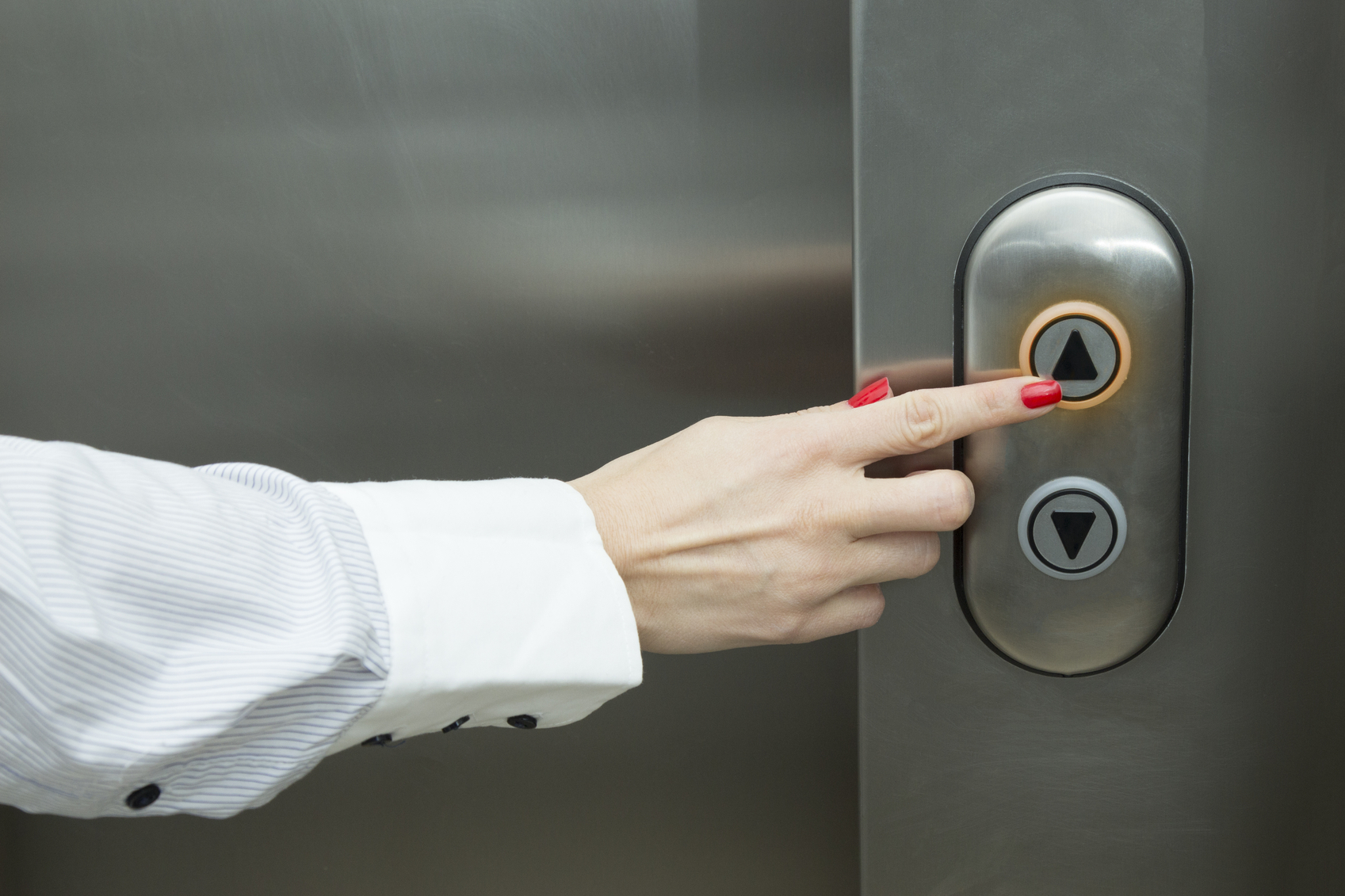We Maintain Lifts with Precision: Ensuring Safety and Performance
We Maintain Lifts with Precision: Ensuring Safety and Performance
Blog Article
Delving Into the Globe of Lifts: Typical Concerns Dealt With by Different Lift Systems
As we browse via the upright transportation systems of contemporary buildings, elevators stick out as an indispensable part of our day-to-day lives. Nevertheless, behind their seamless operation exists a globe of elaborate mechanisms that can often experience obstacles. From hydraulic elevators to grip systems and machine-room-less layouts, each lift type includes its collection of usual problems. Understanding these obstacles is critical for guaranteeing the smooth performance of these crucial systems. Let's discover the complexities that underlie the procedure of lifts and the potential issues that can emerge, clarifying the detailed web of lift systems.
Hydraulic Lifts
Hydraulic lifts, usually liked for low-rise buildings, make use of fluid stress to control the movement of the elevator auto (lift repair companies). This mechanism involves a hydraulic pump pressing oil into a cylinder, causing the elevator to move in the desired direction. While hydraulic elevators are understood for their smooth and silent procedure, they do come with their own collection of usual issues
One common trouble with hydraulic elevators is oil leakage. In addition, issues with the control system, such as malfunctioning valves or a malfunctioning pump, can create disruptions in the elevator's activity.
Routine upkeep and prompt repair work are necessary to guarantee the smooth functioning of hydraulic lifts. By attending to these usual issues proactively, structure owners can minimize downtime and guarantee the safety and efficiency of their vertical transport system.
Traction Lifts
When considering vertical transportation systems in buildings, one more common kind in addition to hydraulic lifts is the traction elevator. Traction elevators operate using a system of ropes and counterweights that move the lift cars and truck by grasping onto the hoist ropes. This device allows for smoother and faster upright transportation compared to hydraulic systems.
Among the typical issues dealt with by traction lifts is rope wear. The constant movement of the ropes within the grip system can cause tear and wear gradually, potentially creating the lift to malfunction or come to be risky for use. Routine evaluations and upkeep of the ropes are vital to ensure the lift's proper functioning and safety and security.
One more concern that traction lifts may run into is associated with the control system. Troubles with the control system can lead to problems such as erratic motion, hold-ups in reaction times, or perhaps complete shutdowns. Normal testing and maintenance of the control system are critical to stop such concerns and ensure the lift's integrity.
Machine-Room-Less (MRL) Elevators

One of the vital parts of MRL elevators is the compact gearless grip device that is installed within the hoistway. This equipment efficiently drives the lift cars and truck without the requirement for bulky tools discovered in traditional grip elevators. In addition, MRL elevators generally make use of a counterweight system to stabilize the cars and truck, further boosting their energy efficiency.
Regardless of their advantages, MRL lifts might face difficulties associated with repair and maintenance due to the restricted room for equipment setup. Availability for servicing components within the shaft can be limited, needing specialized training for technicians. Appropriate maintenance schedules and routine assessments are vital to guarantee the continued smooth procedure of MRL lifts.
Overloading and Weight Limitation Issues
Overloading and weight limit issues are crucial issues in elevator operations. Elevator manufacturers layout raises with details weight abilities to make sure traveler security and devices longevity.
When elevators are strained, it places extreme stress on the motor, cables, and various other parts, potentially causing malfunctions or breakdowns. Security mechanisms such as sensing units and overload sensing units are in place to avoid lifts from moving if they spot excess weight. Additionally, going beyond weight limitations can result in raised power consumption and damage on the elevator system.
To mitigate straining problems, constructing supervisors should plainly show weight limits in lifts and educate owners on the value of adhering to these limitations - lift repair companies. disabled platform lifts prices uk Regular maintenance checks by qualified service technicians can also aid guarantee that lifts are operating within risk-free weight parameters. By attending to overloading and weight limit problems proactively, structure owners can boost elevator security and performance
Electrical System Failings
Going beyond weight limitations in lifts can not just result lift companies in London in mechanical concerns but likewise possibly contribute to electrical system failings within the lift framework. Electrical system failures are an essential issue in lift procedure, as they can cause unexpected closures, malfunctions, or perhaps safety risks. One usual electric issue is the overheating of elements as a result of too much current flow brought on by straining the lift past its capacity. This can result in damage to the electric motor, wiring, or control systems, causing pricey fixings and downtime.
Moreover, power surges or variations in the electric supply can additionally interrupt the elevator's operation, affecting its efficiency and safety and security. These electric disturbances can damage delicate lift elements such as control panels, circuit boards, or sensing units, bring about system failures. Routine maintenance and inspections are important to identify and deal with prospective electrical issues without delay, making certain the efficient and risk-free operation of lift systems. By adhering to weight restrictions and performing regular electrical system checks, structure owners can mitigate the threat of electrical failures in lifts.
Final Thought

Hydraulic elevators, typically chosen for low-rise buildings, make use of fluid stress to manage the movement of the elevator car.When considering upright transportation systems in buildings, one more typical kind apart from hydraulic lifts is the traction elevator. Grip lifts operate using a system of ropes and counterweights that relocate the lift vehicle by grasping onto the hoist ropes. Unlike standard elevators that need a different equipment space to house the equipment, MRL elevators incorporate many of the parts within lift companies in London the shaft, getting rid of the demand for a dedicated device space.In verdict, lifts encounter typical problems such as hydraulic breakdowns, traction system failings, and electric system troubles.
Report this page